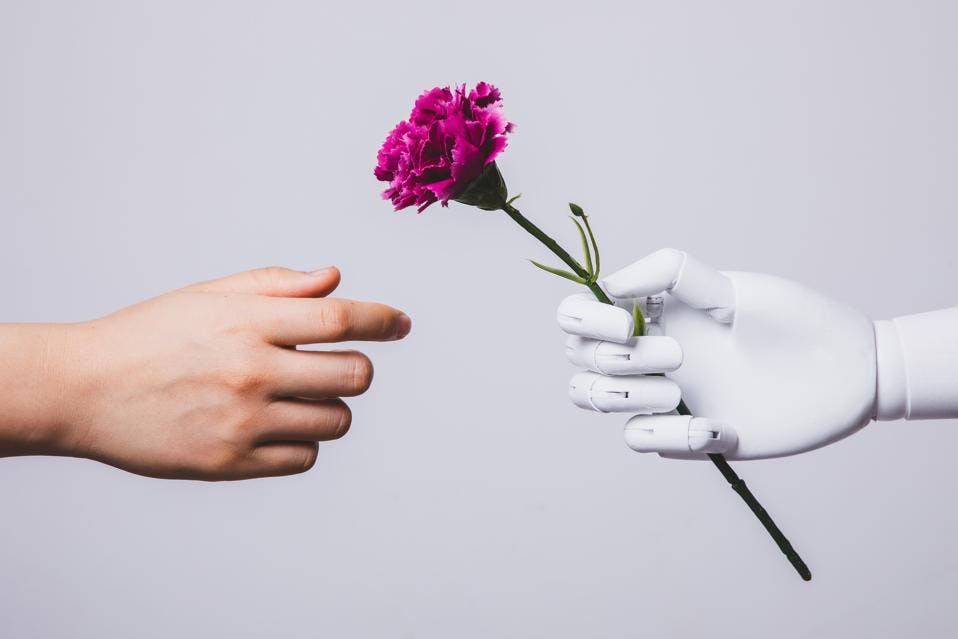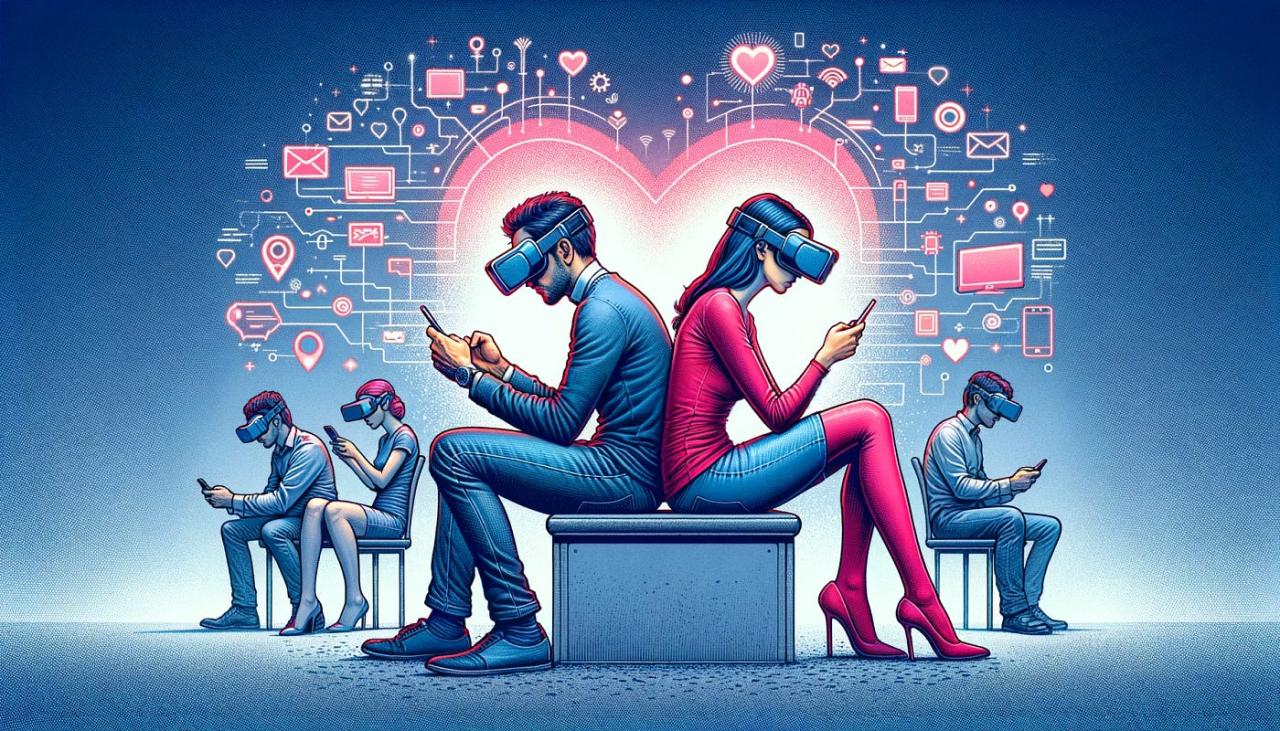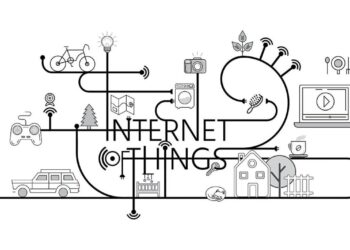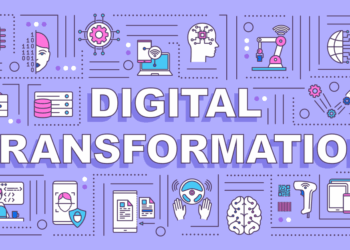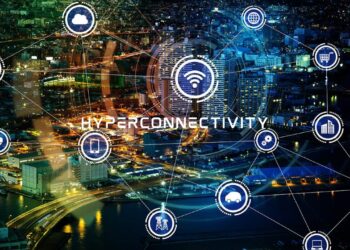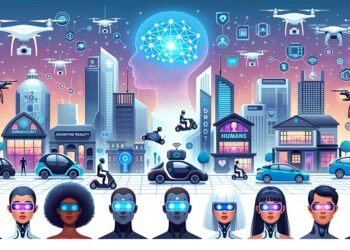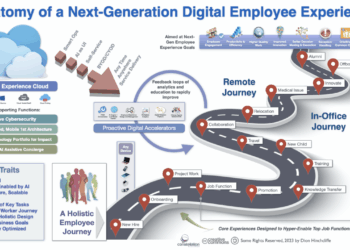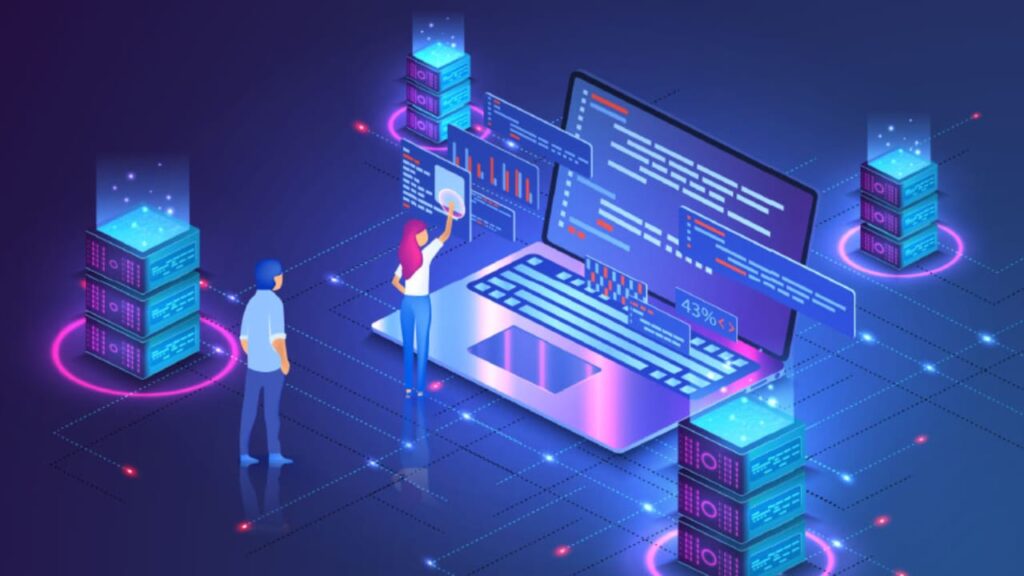
In our hyper-connected digital age, technology has fundamentally transformed how we form, maintain, and perceive human connections. From AI-powered dating apps to virtual reality meetings, our social interactions are undergoing a radical evolution. This comprehensive 2,000+ word examination explores both the positive innovations and concerning trends in how technology mediates our relationships.
The Digital Connection Revolution: Key Statistics
-
3.6 billion people actively use social media worldwide
-
39% of couples now meet online rather than through traditional means
-
The average person spends 2.5 hours daily on social platforms
-
72% of teens report feeling pressured to be constantly available online
Transformative Technologies Reshaping Social Bonds
A. Communication Platforms Redefining Interaction
-
Instant Messaging Evolution
-
WhatsApp processes 100 billion messages daily
-
Disappearing content (Snapchat, Instagram Stories) changing conversation norms
-
-
Video Call Culture
-
Zoom hosts 300 million daily meeting participants
-
Virtual family gatherings becoming commonplace
-
B. AI’s Role in Modern Relationships
-
Dating Algorithm Revolution
-
Tinder’s AI analyzes 200+ factors for matches
-
Bumble’s machine learning improves suggestion accuracy
-
-
Virtual Companionship
-
Replika AI friends with emotional learning capabilities
-
ChatGPT-powered conversational partners
-
The Psychological Impact of Digital Connection
A. Positive Developments
-
Global Community Building
-
Niche interest groups finding each other worldwide
-
Support networks for marginalized communities
-
-
Long-Distance Relationship Tools
-
Couple apps with shared calendars and touch simulations
-
VR date nights in digital environments
-
B. Concerning Trends
-
Attention Economy Effects
-
Social media’s dopamine-driven feedback loops
-
Decreased average attention spans (8 seconds down from 12)
-
-
Comparison Culture
-
Instagram envy phenomenon
-
Curated lives creating unrealistic expectations
-
Generational Differences in Tech-Mediated Relationships
A. Digital Natives (Gen Z) Behaviors
-
Prefer texting over voice calls
-
Relationship milestones announced via social media
-
“Soft ghosting” through delayed responses
B. Millennial Hybrid Approach
-
Balance digital and in-person interactions
-
Use apps for logistics but value face-to-face time
C. Older Generations Adapting
-
Rapid adoption of video calling during pandemic
-
Social media reconnecting childhood friends
Healthy Digital Relationship Habits
A. Mindful Connection Practices
-
Designated Tech-Free Times
-
No-phone dinners
-
Bedtime digital curfews
-
-
Quality Over Quantity
-
Meaningful conversations vs. constant checking-in
-
Being fully present during interactions
-
B. Digital Detox Strategies
-
Scheduled social media breaks
-
App usage tracking and limits
-
Replacing screen time with in-person activities
Future Trends in Tech-Mediated Relationships
A. Emerging Technologies
-
Metaverse Socializing
-
VR chatrooms and digital hangout spaces
-
NFT-based social identities
-
-
Haptic Communication
-
Touch-enabled long-distance devices
-
Emotion-transmitting wearables
-
B. Societal Shifts
-
Redefinition of “friendship” in digital contexts
-
New etiquette norms for AI-mediated interactions
-
Potential regulations on social media algorithms
Balancing Technology and Authentic Connection
While digital tools offer unprecedented ways to connect, maintaining genuine human bonds requires conscious effort. The healthiest approach blends:
-
Tech-enabled convenience for logistics and maintenance
-
Authentic presence for meaningful interactions
-
Regular evaluation of relationship quality
By understanding both the capabilities and limitations of technology in mediating human connections, we can harness its power while preserving the irreplaceable value of authentic interpersonal relationships.
Tags: digital relationships, social media impact, tech communication, virtual connections, online friendships, digital detox, human interaction, tech addiction, social networking, cyber psychology


